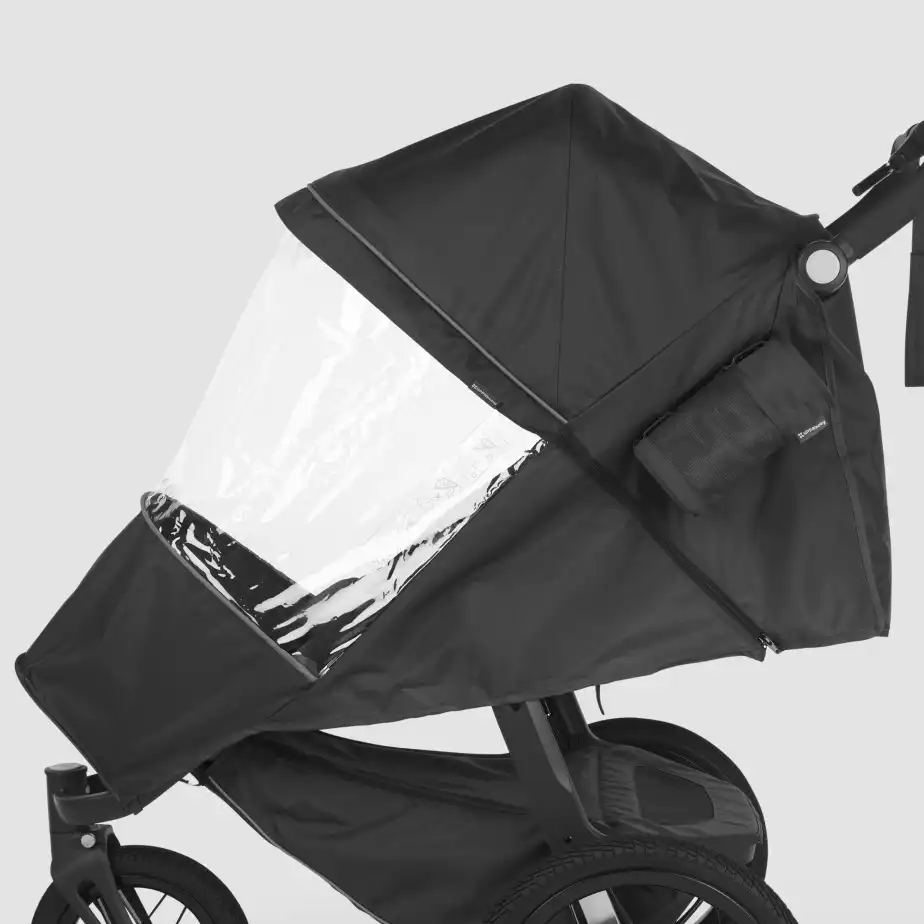Don’t get stuck in the rain again! The Performance Rain Shield protects your child from wind and rain, includes reflective details and a zipper opening for easy access to your child.

Protect Against the Elements
The Performance Rain Shield protects your child from wind and rain, with added reflective details and zipper opening for easy access to your child.











